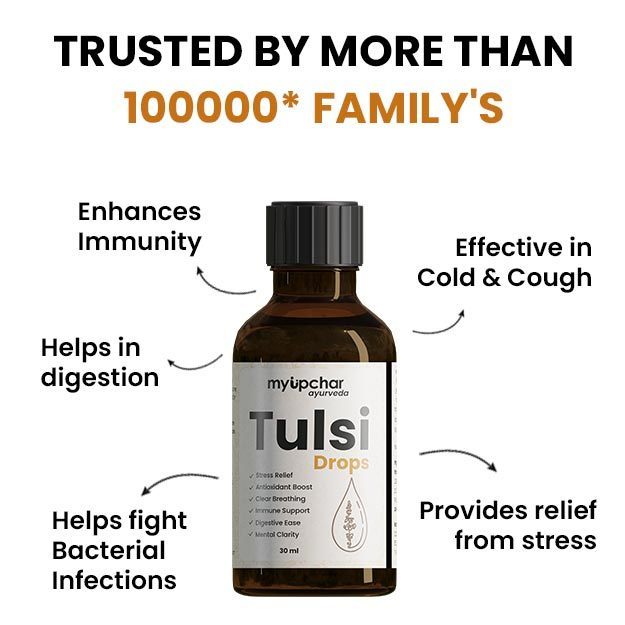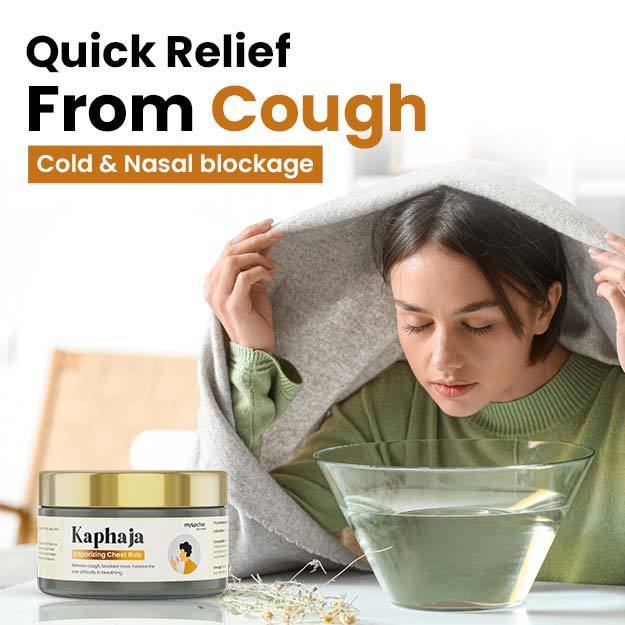Lower than normal body temperature is called hypothermia. This problem can also happen to children. If a child has hypothermia, he may have difficulty breathing and the color of his skin may change. Premature birth and hypoglycemia etc. are considered to be the main reasons behind hypothermia in the child. In such a situation, it is advised to make the child wear more clothes and keep the body warm.In this article you will learn about what is hypothermia in children, its symptoms, causes and treatment -
(Read more - Home remedies for cough in babies)
- What Is Hypothermia In Children?
- Symptoms Of Hypothermia In Children
- Causes Of Hypothermia In Children
- Premature Birth
- Cold Birth Environment
- Hypoglycemia
- Infection
- Treatment Of Hypothermia In Children
- Add Layers Of Clothing
- Seek Medical Help
- Tips For Premature Birth And Low Birth Weight
- Treatment In Case Of Hypoglycemia
- Some Other Solutions
- Summary
What Is Hypothermia In Children?
According to the American Academy of Pediatrics (AAP), like adults, the body temperature of children can also vary in the morning and evening. When the temperature is checked by placing a thermometer in the child's mouth, it may be 95.8 degrees Fahrenheit (35.5°C) in the morning and 99.9 degrees Fahrenheit (37.7°C) at the end of the day. However, orally checked temperature is not considered accurate in children, because they cannot hold the thermometer under their tongue. Therefore, the temperature taken from the anus of children is considered accurate.
According to the AAP, a child's temperature can range from 96.8 degrees Fahrenheit (36 degrees Celsius) in the morning to 100.3 degrees Fahrenheit (37.9 degrees Celsius) by the end of the day, when checked with a rectal thermometer. At the same time, if the temperature checked through the anus of the child goes below 95 degrees Fahrenheit (35 ° C), then that condition is considered as hypothermia. At the same time, the World Health Organization (WHO) has divided the body temperature of children into different categories -
- Mild hypothermia occurs when the child's body temperature is 96.8 degrees Fahrenheit or 97.5 degrees Fahrenheit or less.
- Moderate hypothermia occurs when the child's body temperature is 89.6 degrees Fahrenheit to 96.6 degrees Fahrenheit or less.
- Severe hypothermia occurs when the child's body temperature is 89.6 degrees Fahrenheit or less.
(Read more - Common cold in babies)
Symptoms Of Hypothermia In Children
Small children are most at risk of hypothermia. Like adults, small children are unable to tell that they have any kind of problem. In such a situation, it can be recognized through some symptoms that the child has hypothermia -
- Low Or No Sound While Crying
- Lack Of Energy
- Always Be Lazy
- Red And Cold Skin
- Not Eating Properly
- Hypoglycemia
- Hypoxia Means Low Level Of Oxygen In The Blood
- Irregular Heartbeat
In severe form of hypothermia, the following symptoms may be seen -
- Weight Loss
- No Weight Gain
- Not Developing Properly
(Read more -Home remedies for common cold)
Causes Of Hypothermia In Children
There can be many reasons for hypothermia in children. Like premature birth of a child or low birth weight of the child. Apart from this, the birth of a child in a cold environment etc. Let us know in detail about the causes of hypothermia in children -
Premature Birth
According to 2013 research, babies born before the 28th week are more likely to suffer from hypothermia. At the same time, research has also revealed that low birth weight is also another cause of hypothermia. 31 to 78 percent of children whose birth weight is 1.5 kg or less are at risk of hypothermia soon after birth.
(Read more - Fever seizures in children)
Cold Birth Environment
Some babies may suffer from hypothermia even after being born after 9 months. This happens due to their birth in a cold area.
(Read more - How to get rid of fever)
Hypoglycemia
Hypoglycemia is a condition when too little glucose or blood sugar circulates in the body. Glucose is used for energy of the body. In such a situation, the child may become a victim of hypothermia during or after birth.
(Read more - Fever foods)
Infection
The body temperature of children also decreases due to some serious infections, such as -
- Meningitis infection – Meningitis is an inflammation of the membrane that surrounds the spinal cord. It often causes fever in children, but due to this the body temperature drops a lot.
- Sepsis Infection – Sepsis is a dangerous bacterial infection of the blood. Due to this, the baby's body temperature becomes very low or many children develop fever.
Both these infections are very serious and can be fatal for children. If such symptoms are seen in a child, such as - the child's skin is sticky, spotted or has rashes, the child is not eating properly, breathing rapidly, wheezing while crying, hands and feet becoming cold, then if these symptoms appear then immediately It is necessary to seek medical help.
(Read more - Influenza in Children)
Treatment Of Hypothermia In Children
Low body temperature in children can be dangerous. In some cases, low body temperature can even lead to death, but this happens only in rare cases. In such a situation, if it is found that the child is suffering from hypothermia, then make the child wear more clothes. Let us know in detail about the treatment of hypothermia in the child -
Add Layers Of Clothing
To increase the body temperature, make the child wear more layers of clothes. To reduce the body temperature, give your body heat to the child, cover the child with more blankets.
(Read more - Diabetes in children)
Seek Medical Help
If the layer of clothes is not increasing the child's body temperature, contact the pediatrician immediately. Doctors can provide emergency medical help to the child. Give continuous CPR to the child, because breathing problems may occur due to hypothermia. If you are unable to reach a doctor, go to your nearest emergency health center. The sooner the child gets treatment, the more he can be saved from serious problems.
(Read more - Vertigo's Impact on Children's Wellbeing)
Tips For Premature Birth And Low Birth Weight
If someone's baby is premature or underweight, then in the hospital or nursery the baby is kept in designed bassinets, which have warning lights and heated mattresses. The child is made to have skin to skin touch with the parents. The child is not bathed for 12 hours after birth. The baby is immediately wrapped in a warm blanket and dried immediately after birth. When the child comes home, you can adopt some tips to maintain the body temperature balanced, such as - keep the child lying in a blanket, wear a cap to protect from cold and bathe him at least.
(Read more - Multi-system inflammatory syndrome in children)
Treatment In Case Of Hypoglycemia
Changes are made in the mother's diet to protect the child from hypothermia due to hypoglycemia. The baby's regular feeding time is scheduled.
(Read more - High cholesterol in children)
Some Other Solutions
If the child is a little older, he can be given some warm liquids to drink. Apart from this, warmth can be given to the body by wrapping a heat pack or hot bottle in a towel or cloth.
Summary
Children become victims of hypothermia more quickly than adults. If the baby's rectal temperature is less than 95 degrees Fahrenheit, it is considered hypothermia. If symptoms of hypothermia are seen in children, such as difficulty in breathing, lack of interest in eating or falling body temperature, then in this condition, immediately dress the child in warm clothes or give warm liquid to keep him warm. If the temperature still does not increase, then medical help should be sought.
Doctors for Cold Comfort: Managing Hypothermia Risk Factors in Children

Dr. Anil Pathak
Pediatrics
42 Years of Experience

Dr. Pritesh Mogal
Pediatrics
8 Years of Experience
Dr Shivraj Singh
Pediatrics
13 Years of Experience


























